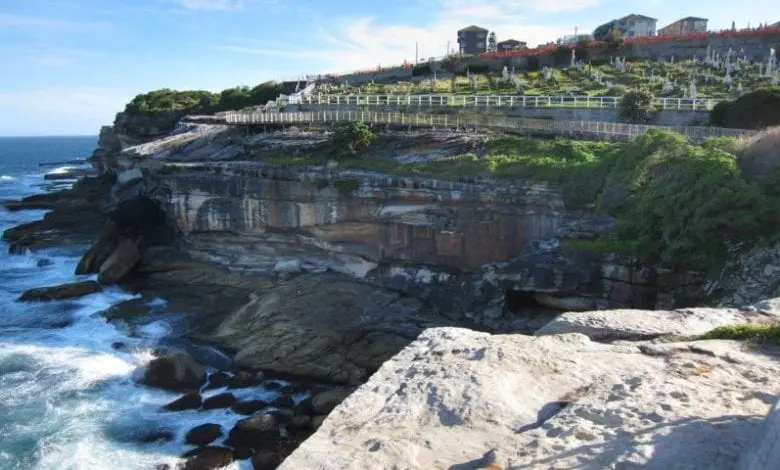Cemeteries around the World: The Waverley Cemetery

Based on top of the picturesque cliffs of Bronte, Australia, sits The Waverley Cemetery. The first purchase of land took place in 1875, but the history of the cemetery really begins in 1859.

Join over 5,000 funeral professionals with a membership
Get unlimited access and stay in the know. First-year special offer pricing. Cancel any time.
You have read 2/2 free articles this month.

How many members should have access to the subscription?
Monthly
Yearly
Save £9.89
No, thanks
I already have an account

Based on top of the picturesque cliffs of Bronte, Australia, sits The Waverley Cemetery. The first purchase of land took place in 1875, but the history of the cemetery really begins in 1859.